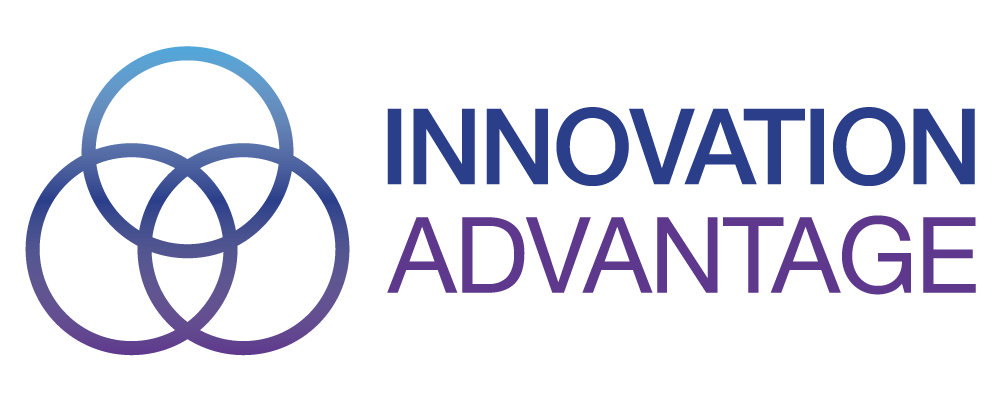Aligning Needs and Use Cases for Healthcare Transformation with a Virtual Nursing Care Model
Virtual nursing has emerged as a groundbreaking approach to delivering patient care as the healthcare landscape evolves. However, successfully implementing a virtual nursing model starts with aligning an organization’s needs and identifying use cases where this model can drive the most impact.
Clarify the Problem
Are you working on patient throughput, filling workforce demands, providing more efficient care, improving patient experience, and increasing outcomes? These are all unique challenges, and when you layer on top of that, the fact that each unit/department is different, clearly defining the challenge takes on a whole new meaning.
Identifying Ideal Patient Populations
The next step toward implementing a virtual nursing model is identifying the unit/department to start with, along with patient populations that will benefit most from this approach. Ideal candidates include alert, oriented, willing, and communicative patients ready to be admitted or discharged or requiring medication reconciliation or education. Another population may be patients needing regular observation, monitoring, or surveillance, as this requires different nursing workflows and technology. Individuals requiring frequent nurse interactions—such as patients receiving blood products—may be strong candidates for virtual care. The list depends broadly on the technology, patients, and staff.
Defining the Organizational Strategic Vision
A clear strategic vision is essential for successfully integrating virtual nursing into existing care models. This vision should embrace a hybrid approach, leveraging technology to extend the reach of clinical staff while maintaining high standards of care. Setting targeted goals, such as improving patient engagement, reducing readmission rates or LOS, improving throughput, and enhancing care coordination through virtual means, can help hospitals align their resources and energy toward a seamless, patient-centered care continuum.
Capabilities and Requirements as Process Drivers
Understanding the capabilities and requirements necessary for virtual nursing is critical. Hospitals must evaluate whether their current staff possesses the skills needed to support virtual care or what additional training and competencies may be required. This evaluation should cover technological proficiency and clinical competencies for care teams, ensuring readiness on both ends of the care model—those providing virtual care and those delivering direct patient care.
Technology Infrastructure: A Co-Equal Partner
When adopting a virtual nursing model, looking through the lens of the People, Process, and Technology framework the technology infrastructure becomes a co-equal partner in care delivery. A thorough review of existing technological assets, identifying potential gaps, and developing a robust IT support system are all essential components. Reliable internet connectivity, secure data management, and practical communication tools for clinicians are vital to delivering seamless virtual care.
Integrating Workflows for Seamless Hybrid Care
Integrating virtual nursing into existing care workflows requires the development of new processes to ensure smooth hybrid care delivery. Healthcare facilities should build upon their current care models to design workflows that naturally incorporate virtual interactions. These new workflows should involve direct care staff to streamline tasks and enhance patient and staff experience, making the transition to hybrid care seamless and efficient.
Validating Impact for Sustainable Care Transformation
For virtual nursing to be sustainable, hospitals must regularly collect feedback from the care team and measure the model’s impact. Setting SMART goals and tracking measurable outcomes related to patient health, satisfaction, and operational efficiency are crucial. Governance structures should also be established to continually review these outcomes, ensuring ongoing improvement and evolution of the virtual care model.
Adapting to Organizational Change
Transitioning to a virtual nursing model requires strong leadership and proactive change management. Hospitals should promote a culture of innovation, where staff enthusiastically embrace new roles and responsibilities. Fostering an environment that values accountability and adaptability is essential to overcoming resistance and facilitating a successful transition. The best organizations push themselves to learn and grow- even when it is a challenge. Acknowledge the struggle and support through the adoption process.
Tempering Growth for Successful Scaling
A phased, incremental approach to scaling the virtual nursing program is critical for long-term success. This method allows healthcare facilities to make necessary adjustments based on initial outcomes, ensuring each expansion is sustainable and effective before moving forward.
Engaging Stakeholders for Success
Effective stakeholder engagement is vital for a smooth transition to a virtual nursing model. Frequent, clear, and transparent communication ensures that leaders, staff, physicians, and patients know the progress and challenges associated with the new care model. Building trust through open communication helps align everyone with the goals of the virtual nursing initiative. Strong change management practices and a cohesive organizational narrative can help overcome resistance and drive successful implementation.
Conclusion
Adopting a virtual nursing care model requires aligning organizational needs with appropriate use cases, defining a clear strategic vision, and preparing technology and staff for this innovative approach. By following these principles, healthcare facilities can implement a sustainable virtual nursing model that enhances patient care, improves outcomes, and transforms healthcare delivery for the future.

